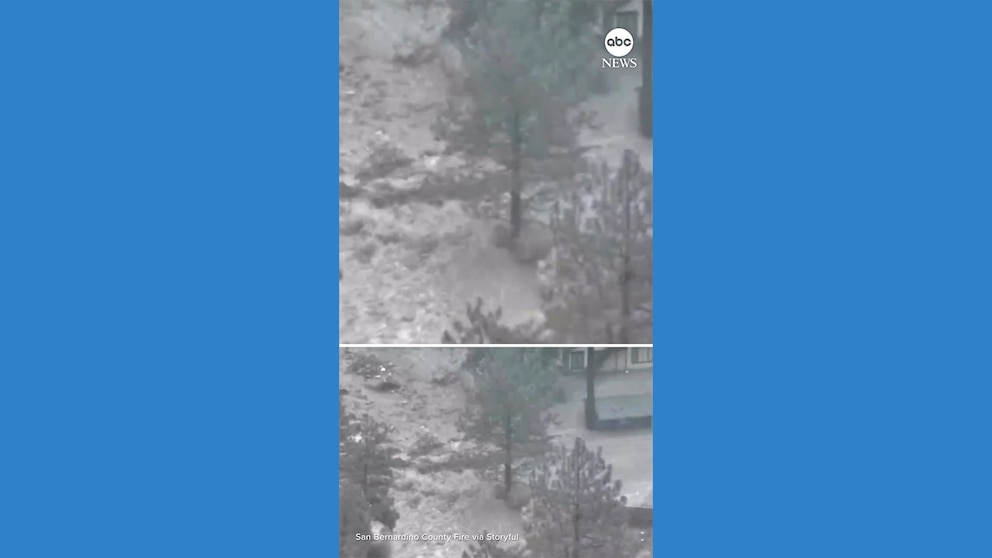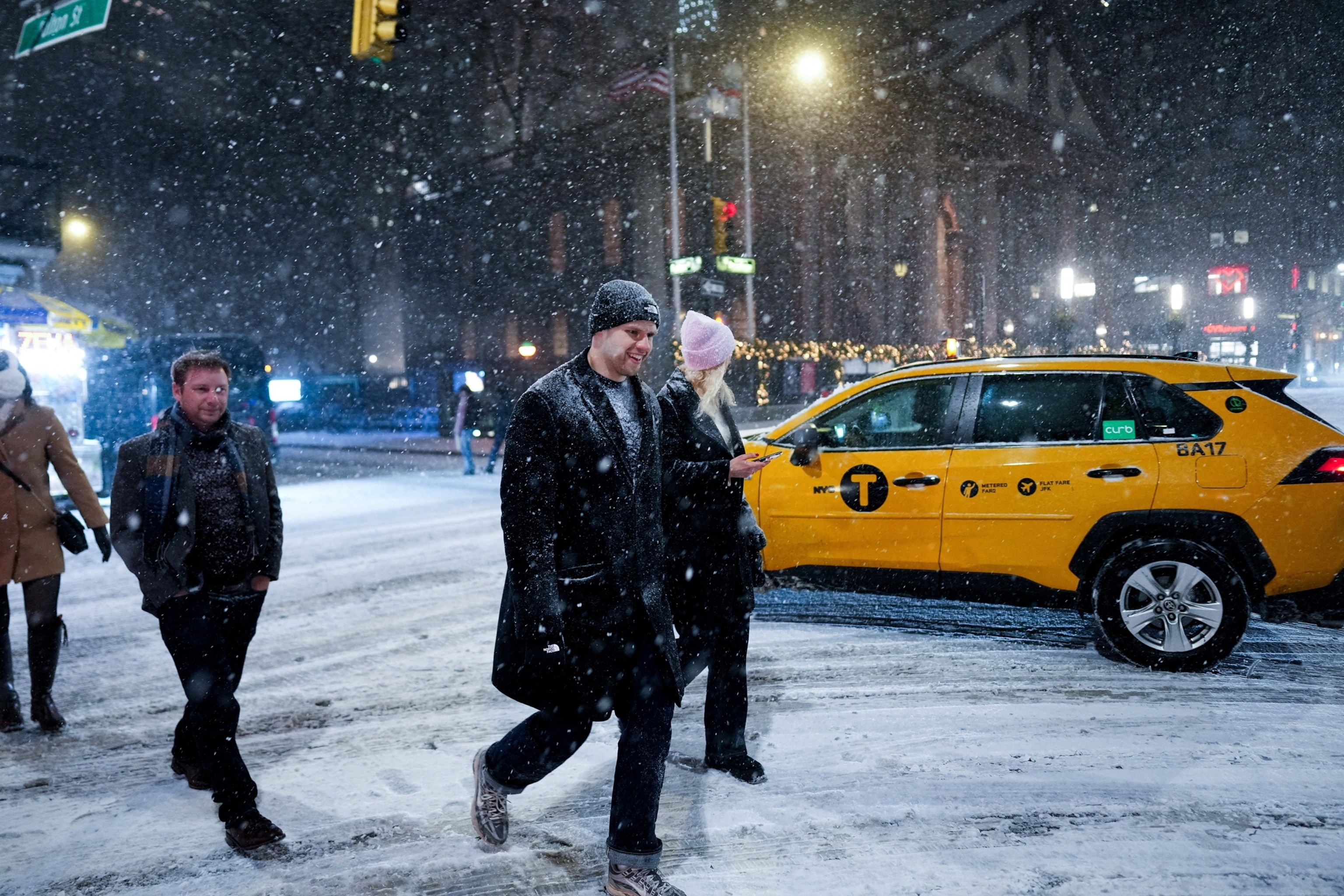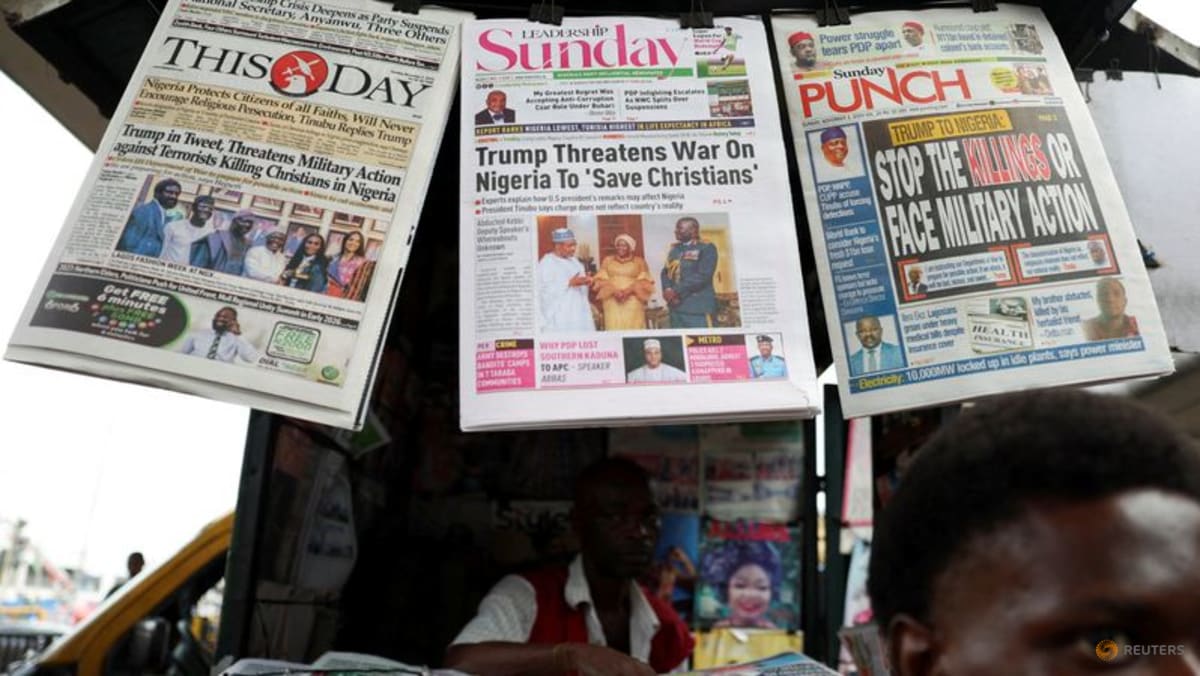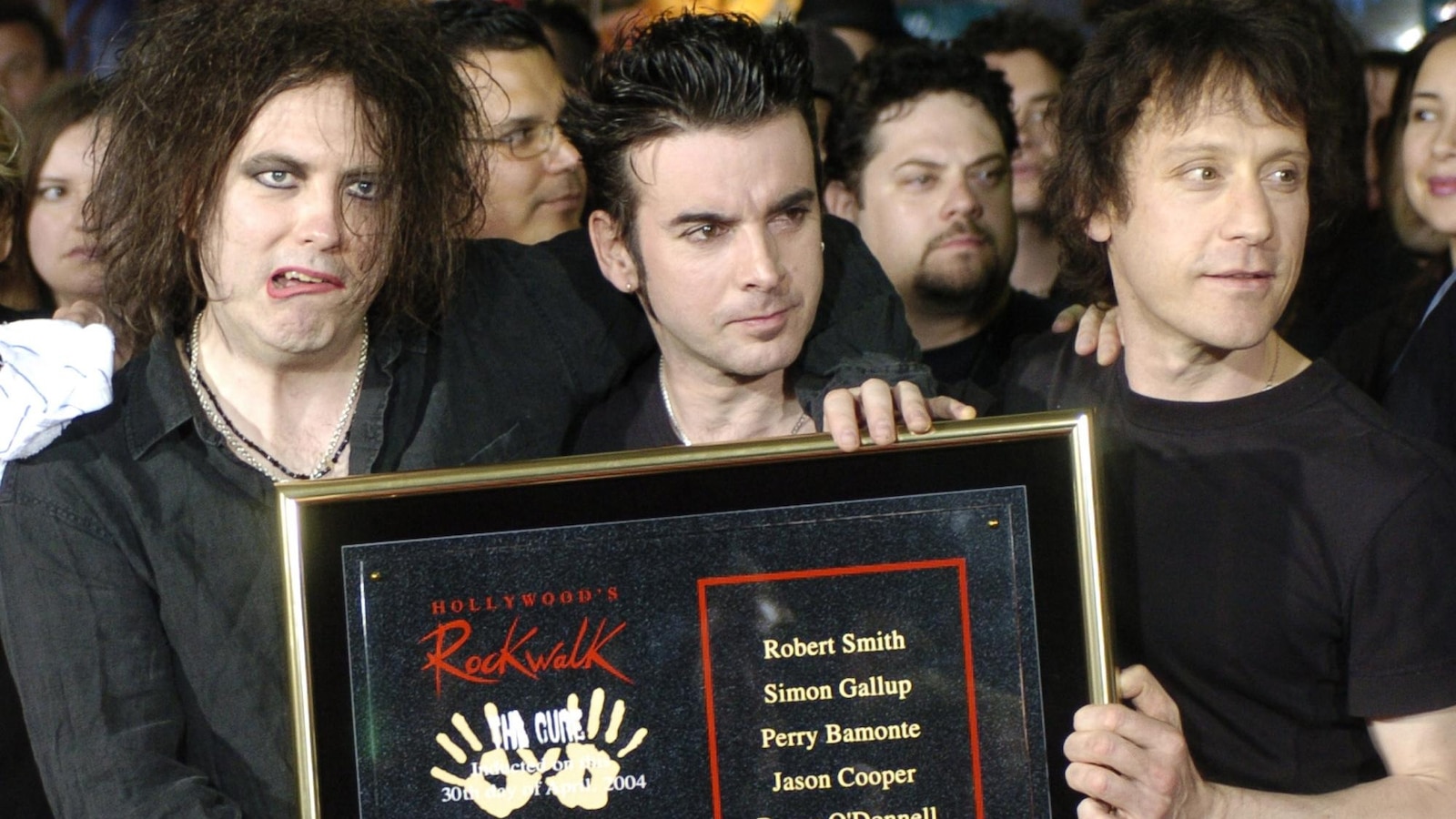Father held in France for making death threats over abaya ban

COURT REJECTED CHALLENGE
The ban was quickly challenged before France’s State Council, the highest administrative court, by an association arguing it could incite hatred against Muslims and racial profiling.
On Thursday however, the court threw out the complaint.
Wearing the abaya “follows the logic of religious affirmation”, said the ruling, adding that the decision was based on French law, which does not allow anyone wearing visible signs of any religious affiliation in schools.
The government ban did not, it said, cause “serious or obviously illegal harm to the respect for personal lives, freedom of religion, the right to education, the well-being of children or the principle of non-discrimination”.
A US government advisory panel on Friday condemned France’s ban, saying the restriction was meant to “intimidate” the country’s Muslim minority.
The US Commission on International Religious Freedom is tasked with making recommendations to the US government but does not set policy itself.
The commission’s chair, Abraham Cooper, called the abaya ban a “misguided effort to promote the French value of laicite,” the country’s official secularism.
“France continues to wield a specific interpretation of secularism to target and intimidate religious groups, particularly Muslims,” Cooper said.
“While no government should use its authority to impose a specific religion on its population, it is equally condemnable to restrict the peaceful practice of individuals’ religious beliefs to promote secularism.”
On the first day of the school year on Monday, French schools sent dozens of girls home for refusing to remove their abayas.
Nearly 300 schoolgirls defied the ban on that day, Attal said. Most agreed to change garments but 67 refused and were sent home, he said.
Around 10 percent of France’s 67 million inhabitants are Muslim, according to official estimates.
Most have origins in northern African nations Algeria, Morocco and Tunisia, which were French colonies until the second half of the 20th century.
Source: CNA















